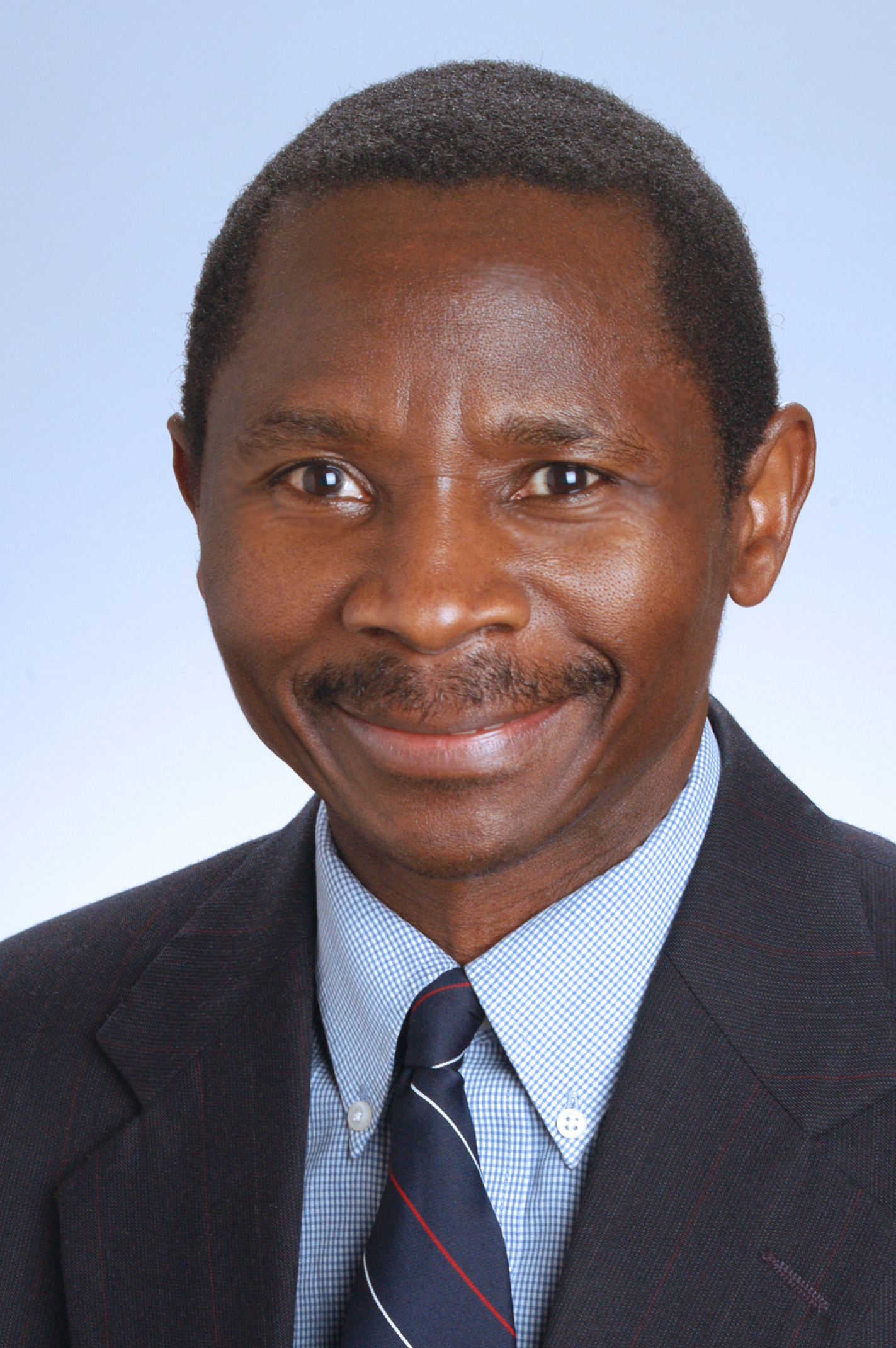A bright idea and a decade of work later, the first patent in the history of Youngstown State University has been awarded to a current member of the faculty.
Tom Oder, professor of physics at YSU, has obtained a patent for his improved design of the silicon carbide barrier diode. This is the first patent received by a YSU faculty member.
Diodes are components necessary for conducting electricity in most of the technological devices people use every day — such as computers, tablets and cell phones.
Oder’s unique modifications to the diode design yield certain improvements.
“The barrier diode has improved properties. The property here that we’re looking for is its functionality at high temperature and high power,” Oder said.
He believes that his design could improve existing and future technologies’ ability to function at high temperatures.
Oder is proud of his accomplishment both as an individual and as a part of YSU. Author of 16 peer-reviewed publications and various conference presentations, Oder is no stranger to sharing his work with the world. He hopes that his patent award opens the door for future accomplishments at the university.
“I can only hope that this will be something that’s recognized as a new direction as far as research at YSU; and therefore [the university] should put emphasis on supporting research here at YSU,” Oder said. “We have lots of professors who can do a lot of things, but they need support from their administration.”
Martin Abraham, dean of YSU’s College of Science, Technology, Engineering and Mathematics, views Oder’s accomplishment as a step forward for the university as it continues to evolve.
“This is the first patent ever awarded to a YSU professor. That’s pretty significant,” Abraham said. “It’s clearly another milestone as we make the transition to an urban research university.”
The modification’s inception began during Oder’s time as a graduate student in the 1990s, but he was unable to pursue it until he began employment at YSU.
Oder finished work on his device in 2009, but only recently received his patent on Aug. 26, 2014. He cites the lack of a preexisting structure for obtaining patents at the university as the major cause.
No one has expressed interest in commercializing Oder’s design as of yet, but he remains optimistic.
“I hope people will be interested in it and they will want to use it,” Oder said.
Oder’s research was funded by the National Science Foundation.
